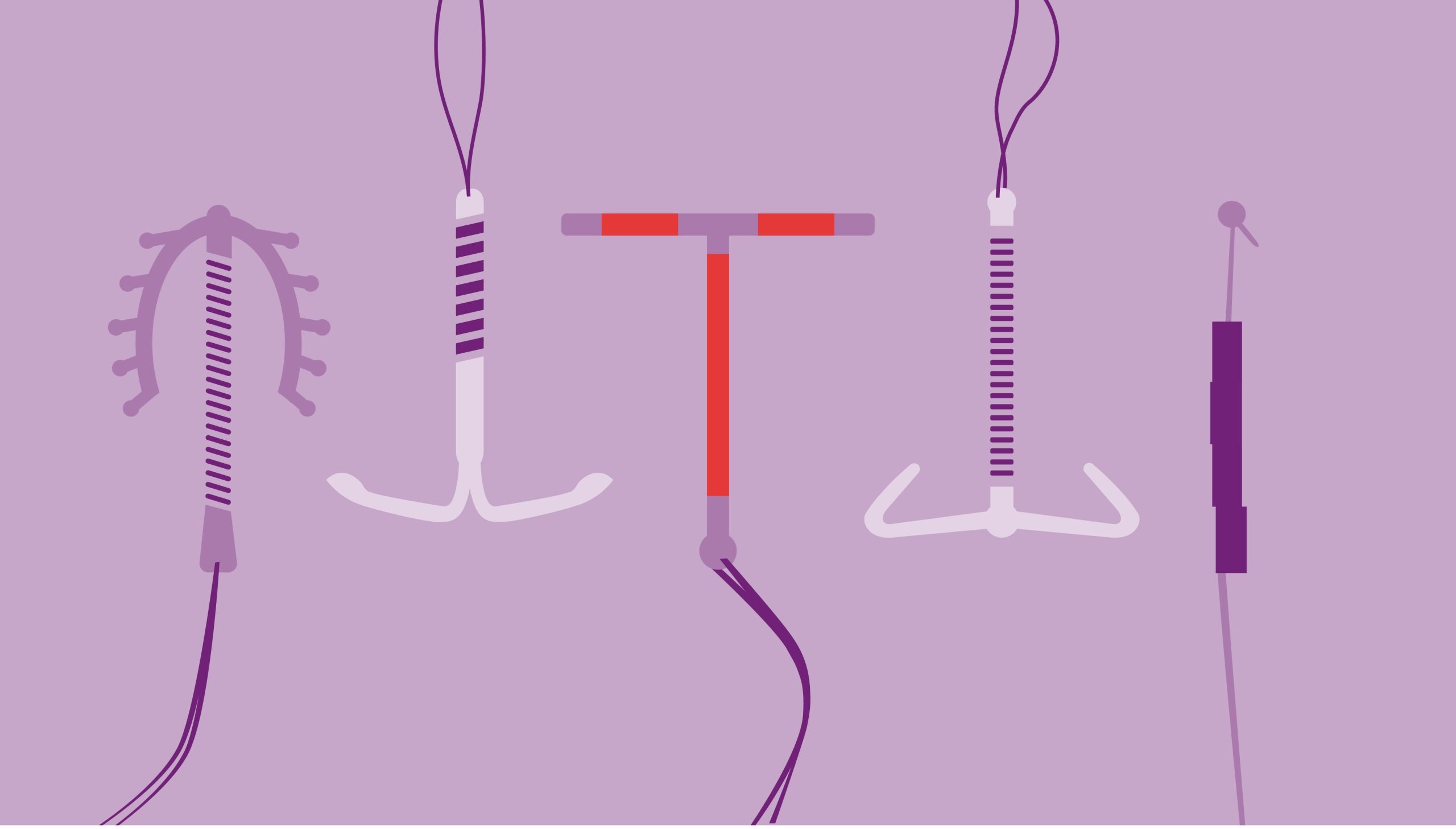Intrauterine devices (IUDs) have become a popular choice for women worldwide, including in the Philippines, for their long-lasting and effective birth control benefits. These small, T-shaped devices are inserted into the uterus and can prevent pregnancy for years, offering a low-maintenance option for those looking for reliable contraception. However, like any birth control method, IUDs come with benefits and potential risks that are worth exploring. Here’s what you should know if you’re considering an IUD in the Philippines or anywhere else.
What Are IUDs?
IUDs are small, flexible devices made of plastic or copper that are placed inside the uterus by a healthcare provider. They come in two main types:
- Hormonal IUDs – These release a small amount of progestin, which thickens cervical mucus, thins the uterine lining, and can sometimes suppress ovulation, making it harder for sperm to reach the egg. Popular options include brands like Mirena, Skyla, and Liletta, which last between three and seven years.
- Copper IUDs – These are non-hormonal and rely on the properties of copper to create an inhospitable environment for sperm. The most well-known copper IUD is ParaGard, which can be effective for up to 10 years.
IUDs are often compared to other birth control methods, such as the pill, injections, and implants, as they offer a “set-it-and-forget-it” solution that doesn’t require daily attention.
Effectiveness of IUDs Compared to Other Birth Control Methods
When it comes to effectiveness, IUDs rank among the top contraceptive methods available. Studies show that IUDs are more than 99% effective, making them comparable to sterilization but without the permanence. This makes them particularly attractive for women who want a highly effective solution but still want the option of having children in the future.
Unlike pills, which require daily intake and can be compromised by factors like missed doses or digestive issues, an IUD’s effectiveness remains consistent. The device sits in the uterus continuously and does not rely on user compliance, unlike other forms of birth control.
The IUD Procedure: What to Expect
Getting an IUD requires a quick visit to a healthcare provider. Here’s what you can generally expect during the procedure:
- Consultation – The provider will discuss your health history and any possible risks.
- Insertion – During the insertion, the IUD is inserted through the cervix into the uterus. Some women experience cramping or discomfort during this process, but the procedure is usually quick, lasting only a few minutes.
- Follow-Up – A follow-up visit a few weeks after insertion is often recommended to ensure the IUD is correctly positioned.
For women in the Philippines, accessing IUDs may involve a visit to a clinic, family planning center, or private physician. It’s essential to choose a qualified provider to minimize the risk of complications.
Benefits of Choosing an IUD
IUDs offer several unique benefits that make them stand out from other birth control options. Here are a few key advantages:
- Long-Lasting: Depending on the type, IUDs can last between 3 and 10 years.
- Reversible: If you decide you want to try for a pregnancy, you can have the IUD removed, and your fertility typically returns quickly.
- Convenient: Once inserted, you don’t have to worry about daily or monthly maintenance, which is especially helpful for busy individuals.
- Cost-Effective: Although the initial cost might be higher, it can be more economical in the long run, given its duration of effectiveness.
- Minimal Hormonal Side Effects (for copper IUD users): The copper IUD is hormone-free, which is appealing for those sensitive to hormonal birth control.
Potential Side Effects and Risks
While IUDs are generally safe, it’s crucial to be aware of potential side effects and risks. Here are a few to consider:
- Cramping and Spotting: Some women may experience cramping or spotting, especially in the first few months after insertion.
- Changes in Menstrual Cycle: Hormonal IUDs may reduce bleeding and cramping, while copper IUDs may initially increase bleeding and cramping, which typically improves over time.
- Risk of Expulsion: In rare cases, the body may expel the IUD. This is more common shortly after insertion and among younger women.
- Infection Risk: There’s a small risk of infection immediately following insertion. To mitigate this, a healthcare provider will ensure the IUD is inserted in a sterile environment.
- Perforation: Very rarely, the IUD can puncture the uterine wall during insertion. This is extremely uncommon but can require surgical intervention if it occurs.
Accessing IUDs in the Philippines
In the Philippines, the use of IUDs and other birth control methods has been influenced by cultural and religious considerations. However, in recent years, the government and various health organizations have worked to improve access to reproductive health options, including IUDs. Many family planning centers and clinics provide IUDs at low or no cost, especially in urban areas. Women interested in this method can reach out to healthcare providers or local health centers for guidance and resources.
Is an IUD Right for You?
Choosing an IUD is a personal decision that depends on your lifestyle, health needs, and family planning goals. While it’s a highly effective form of birth control, it may not be suitable for everyone. Consulting a healthcare provider to discuss your medical history and any specific health concerns can help you make an informed decision.
The IUD remains a valuable option for women in the Philippines and worldwide who want a long-term, reversible, and effective solution for birth control. Understanding its benefits, potential side effects, and accessibility can empower you to make the choice that best aligns with your reproductive health goals.

